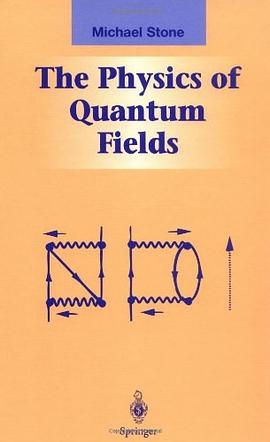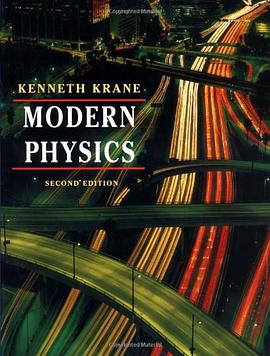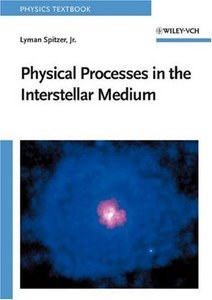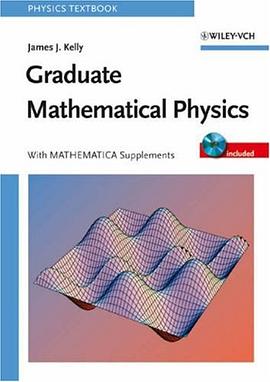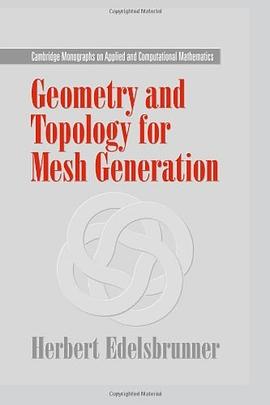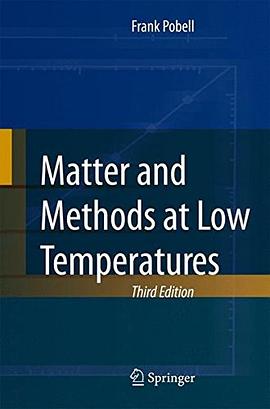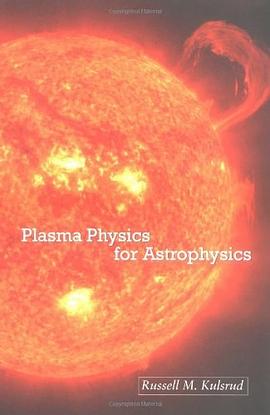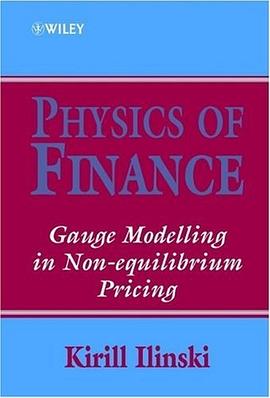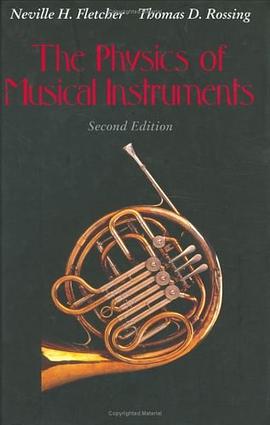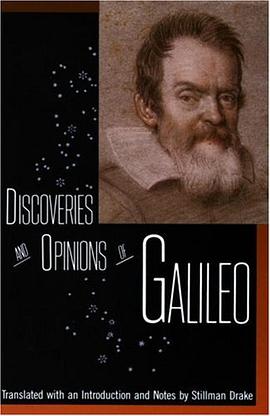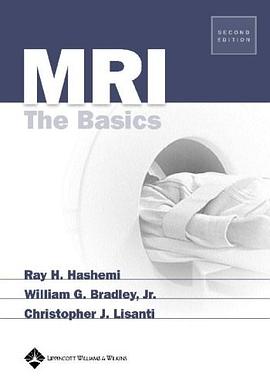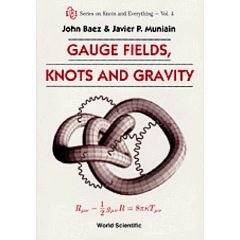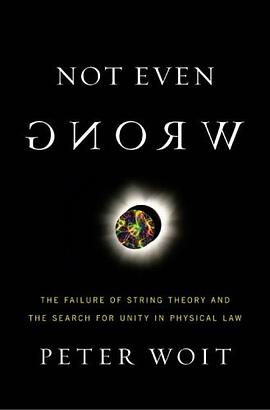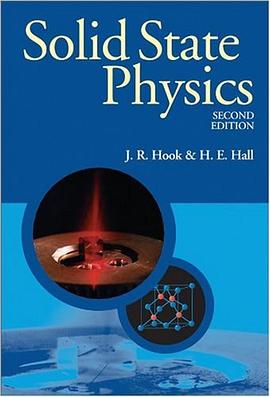CHAPTER I KINETIC THEORY OF GASES
1. Atomic Theory in Chemistry
2. Fundamental Assumptions of the Kinetic Theory of Gases
3. Calculation of the Pressure of a Gas
4. Temperature of a Gas
5. Specific Heat
6. Law of Distribution of Energy and Velocity
7. Free Path
8. Determination of Avogadro's Number
CHAPTER II ELEMENTARY PARTICLES
1. Conduction of Electricity in Rarefied Gases
2. Canal Rays and Anode Rays (Positive Rays)
3. X-rays
4. Radiations from Radioactive Substances
5. Prout's Hypothesis, Isotopy, the Proton
6. The Neutron
7. Cosmic Rays. Positrons
8. Mesons and Nuclear Forces
CHAPTER III THE NUCLEAR ATOM 1. Lorentz's Electron Theory
2. The Theorem of the Inertia of Energy
3. Investigation of Atomic Structure by Scattering Experiments
4. Mass Defect and Nuclear Binding Energy. The Neutrino
5. Heavy Hydrogen and Heavy Water
6. Nuclear Reactions and Radioactive Decay
CHAPTER IV WAVE-CORPUSCLES 1. Wave Theory of Light. Interference and Diffraction
2. Light Quanta
3. Quantum Theory of the Atom
4. Compton Effect
5. Wave Nature of Matter. De Broglie's Theory
6. Experimental Demonstration of Matter Waves
7. The Contradiction between the Wave Theory and the Corpuscular Theory, and its Removal
CHAPTER V ATOMIC STRUCTURE AND SPECTRAL LINES
1. The Bohr Atom; Stationary Orbits for Simply Periodic Motions
2. Quantum Conditions for Simply and Multiply Periodic Motions
3. Matrix Mechanics
4. Wave Mechanics
5. Angular Momentum in Wave Mechanics
6. Parity
7. The Statistical Interpretation of Wave Mechanics
8. Emission and Absorption of Radiation
CHAPTER VI SPIN OF THE ELECTRON AND PAULI'S PRINCIPLE
1. Alkali Doublets and the Spinning Electron
2. The Anomalous Zeeman Effect
3. The Hydrogen Atom and X-ray Terms
4. The Helium Atom
5. Pauli's Exclusion Principle
6. The Periodic System. Closed Shells
7. Magnetism
8. Wave Theory of the Spin Electron
9. Density of the Electronic Cloud
CHAPTER VII QUANTUM STATISTICS
1. Heat Radiation and Planck's Law 2. Specific Heat of Solids and of Polyatomic Gases
3. Quantisation of Balck Body Radiation
4. Bose-Einstein Statistics of Light Quanta
5. Einstein's Theory of Gas Degeneration
6. Fermi-Dirac Statistics
7. Electron Theory of Metals. Energy Distribution
8. Thermionic and Photoelectric Effect in Metals
9. Magnetism of the Electron Gas
10. Electrical and Thermal Conductivity. Thermoelectricity
CHAPTER VIII MOLECULAR STRUCTURE
1. Molecular Properties as an Expression of the Distribution of Charge in the Electronic Cloud
2. Experimental Determination of the Molecular Constants
3. Band Spectra and the Raman Effect
4. Chemical Binding. Classification of Types of Binding
5. Theory of Heteropolar Ionic Binding
6. Theory of Co-valency Binding
7. Theory of van der Waals Forces and other Types of Binding
CHAPTER IX QUANTUM THEORY OF SOLIDS
1. Introduction
2. Modes of Lattice Vibration
3. Quantisation of the Lattice Vibrations
4. Inelastic Scattering of Neutrons
5. The Mossbauer Effect
6. Electrons in a Periodic Lattice Band
7. Metals and Insulators
8. Metals
9. Superconductivity
10. Ferromagnetism
11. Insulators and Semiconductors
CHAPTER X NUCLEAR PHYSICS
1. The Size of the Nucleus and a-Decay
2. Angular Momentum and Magnetic Moment
3. The Deuteron and Nuclear Forces 4. Nuclear Structure and Nuclear Saturation
5. The Nuclear Shell Model
6. The Nuclear Collective Model
7. ss-Decay and K-Capture
8. Nuclear Electromagnetic Interactions
9. The Drop Model, Nuclear Reactions and Fission Conclusion by M. Born
APPENDICES
I. Evaluation of Some Integrals Connected with the Kinetic Theory of Gases
II. Heat Conduction, Viscosity, and Diffusion
III. Van der Waals' Equation of State
IV. The Mean Square Deviation
V. Theory of Relativity
VI. Electron Theory
VII. The Theorem of the Inertia of Energy
VIII. Calculation of the Coefficient of Scattering for Radiation by a Free Particle
IX. Rutherford's Scattering Formula for a-rays
X. The Compton Effect XI. Phase Velocity and Group Velocity
XII. Elementary Derivation of
· · · · · · (
收起)



